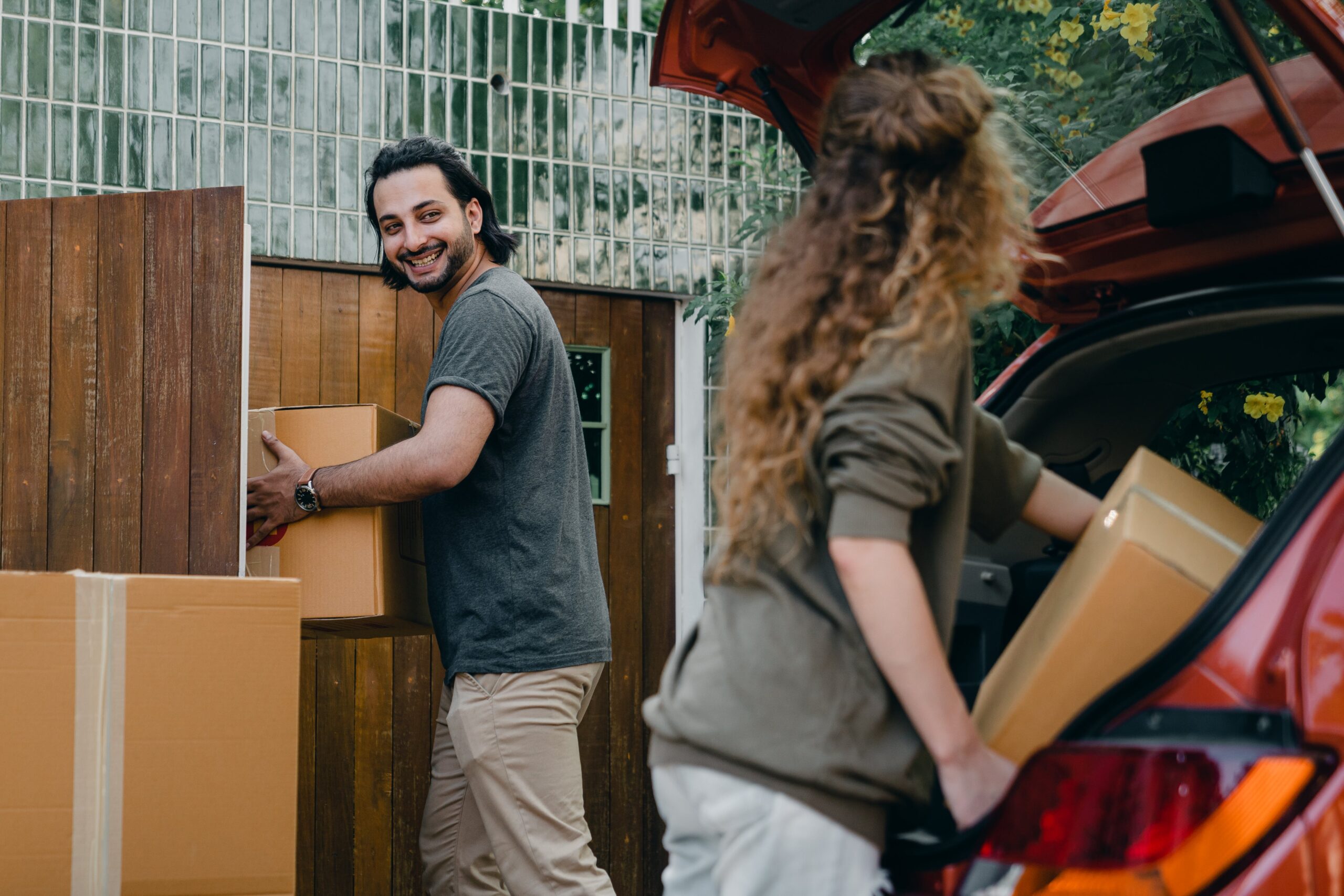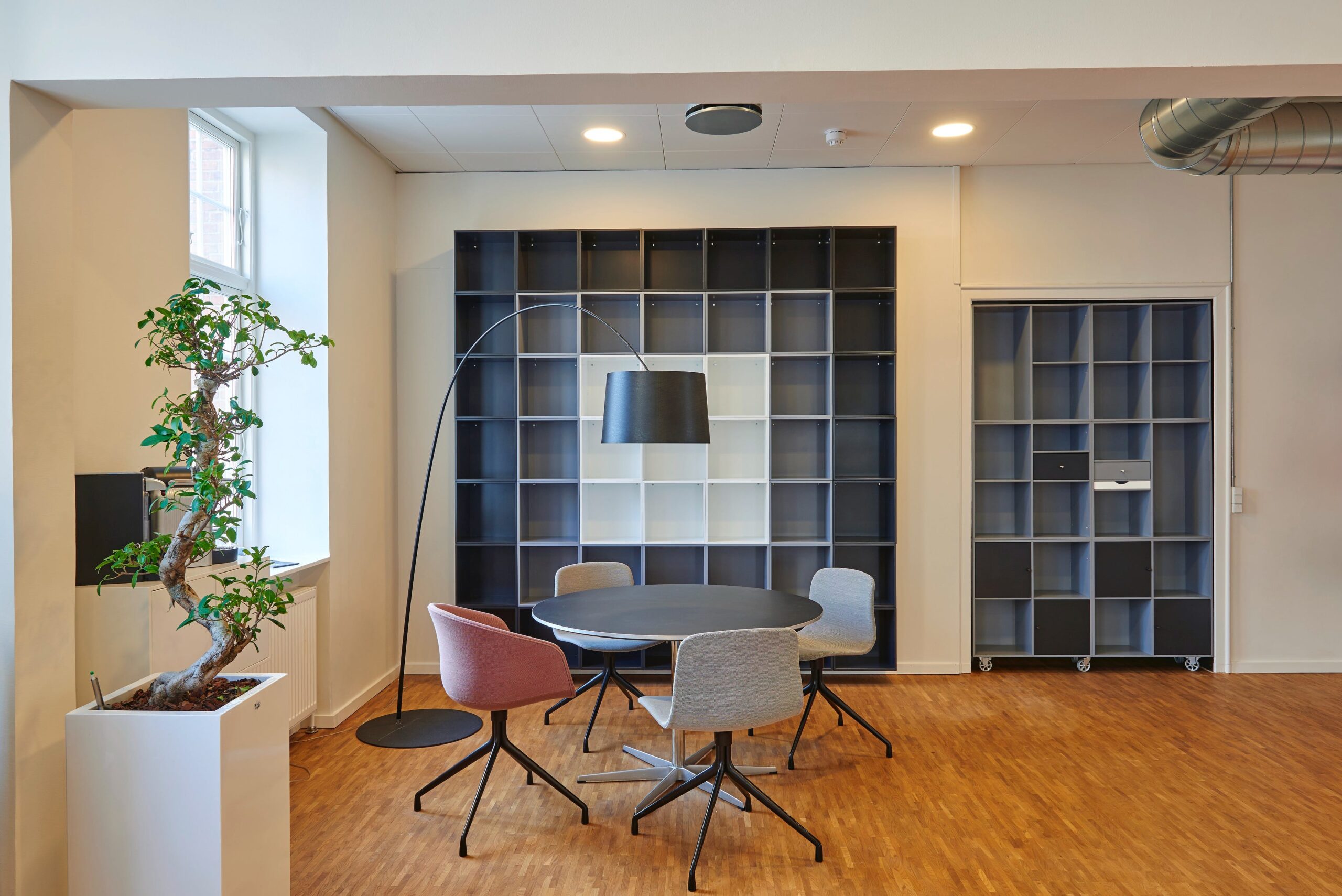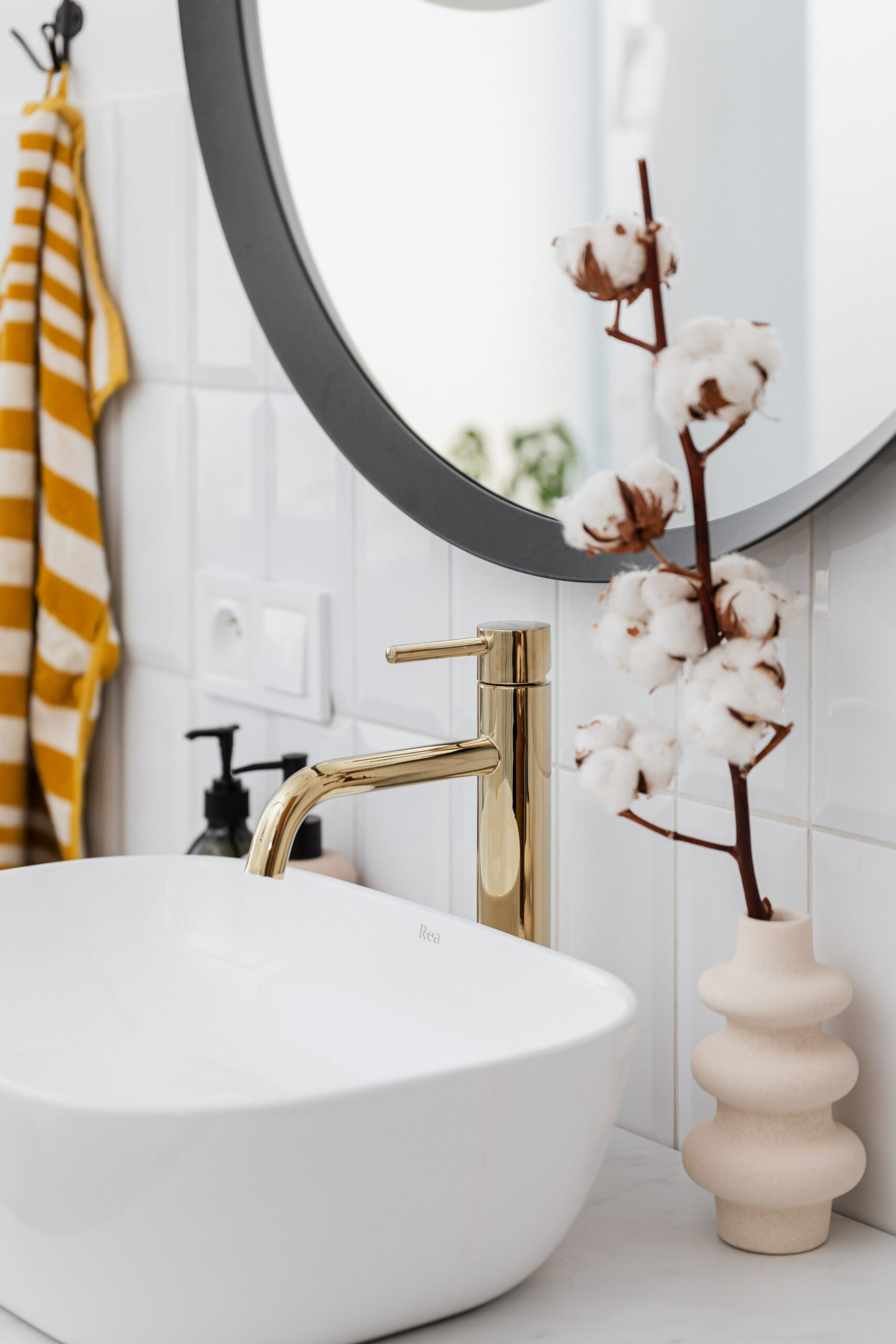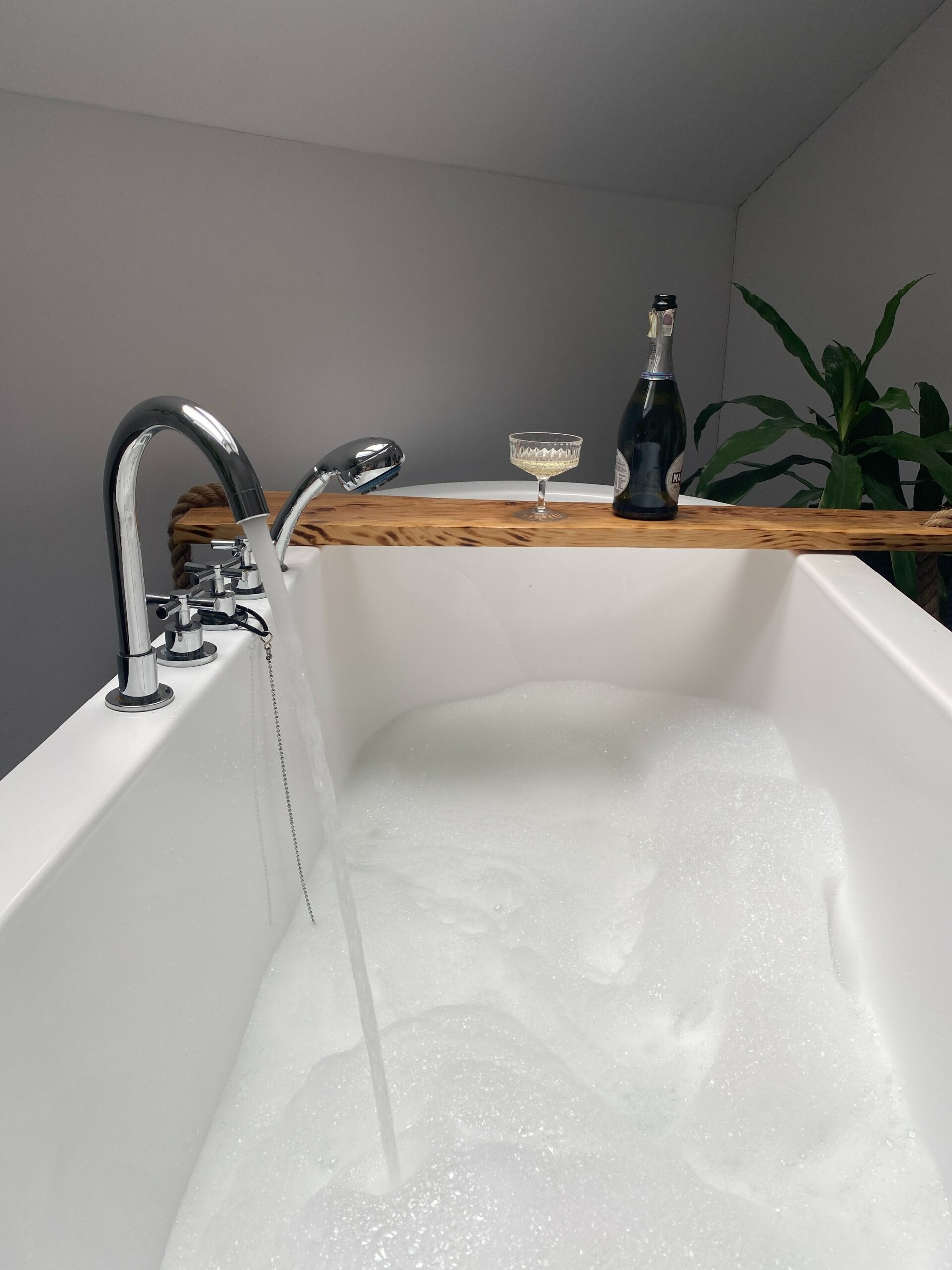Moving into a new home is an exciting experience. It’s a fresh chapter—a chance to create new memories and establish roots in a different place. However, unpacking and settling into your new living space can be overwhelming.
With boxes piled up and belongings scattered everywhere, it’s easy to get lost in the chaos.
But don’t worry—this article has got you covered!
It offers a practical guide to help you organize your new home and make the unpacking and settling-in process a breeze. Let’s begin!

First Phase: Key Tips To Ensure A Smooth Move
Before you tackle the daunting task of unpacking and settling into your new living space, it is crucial to undertake a few important preparations.
These necessary steps can help facilitate a smooth transition and ensure that the moving process unfolds seamlessly, providing you with a stress-free experience:
1. Hire Professional Movers
Streamlining your move begins by enlisting the services of professional movers, such as the Big Boy Movers or one from your area.
These experts come with a well-equipped team that can facilitate an organized moving process by skillfully navigating narrow areas, effortlessly lifting and transporting heavy objects, and efficiently unloading boxes.
With the physically demanding task of moving taken care of, you can allot time and energy to other tasks or aspects of settling into your new house.
2. Prepare the Floor Plan
Another thing to include in your checklist is the floor plan of your new place. Let’s say you just moved into a two-bedroom penthouse. Knowing the layout of your new home can allow you to visualize the space and determine where each box should be placed.
From there, label each room on the floor plan and then attach matching labels to your boxes as you pack. You can also use color-coding labels or stickers to simplify and visually identify box placement.
This way, when the movers or helpers arrive, they can effortlessly place the items in the designated rooms, saving you time and effort.
3. Pack Your Essentials Bag
The process of unpacking and settling into a new home can be both exciting and overwhelming, especially with boxes scattered about.
To make the process more manageable, consider packing an essential bag or box, an easy solution to help you avoid searching through multiple boxes for items you need immediately.
These essentials may include:
- Toiletries, such as toothbrush, toothpaste, soap, and toilet paper
- A change of clothes and pajamas
- Basic kitchen supplies, like plates, cups, utensils, and a few pots and pans
- Bedding and pillows
- Medications
- Chargers for your devices
- Important documents, such as financial records, passports, and birth certificates.
Keep this bag or box with you during the move to avoid losing or misplacing it.
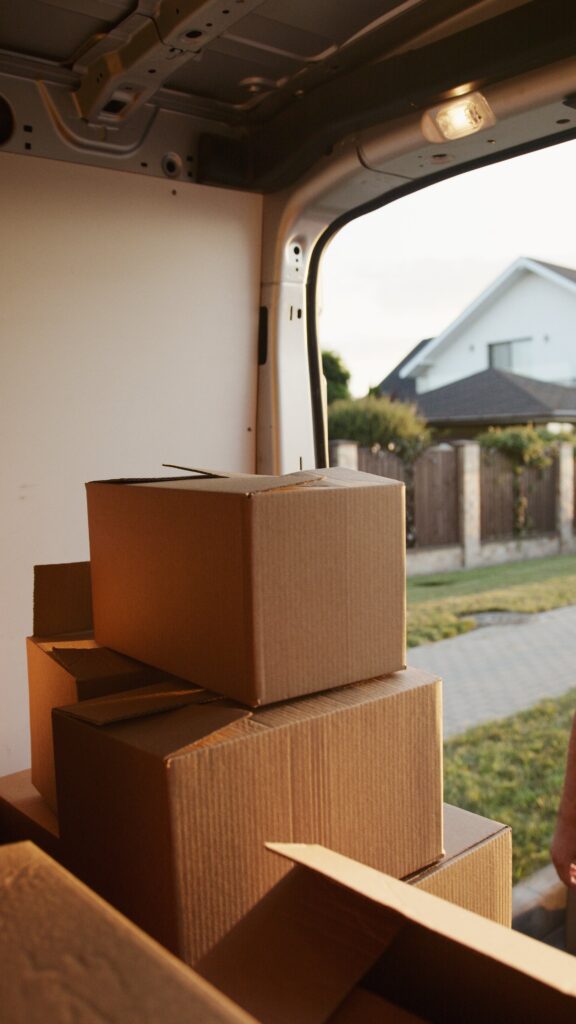
Second Phase: Strategies To Unpack Like A Pro
Now that you’ve finally arrived at your new home, it’s time to begin the unpacking process. But before you dig into those boxes, here are some essential tips to keep in mind:
1. Ensure The Whole Space Is Clean
Ensure your new home is clean and ready for you to settle in. This includes sweeping or vacuuming floors, wiping surfaces, and disinfecting areas that need extra attention.
For example, you may want to sanitize the bathroom fixtures and dust off shelves or furniture.
A clean space will make unpacking more pleasant and give your new home a fresh, comfortable feel.
2. Protect Floors With Furniture Sliders
Moving into a new home involves more than just packing personal belongings; furniture also needs to be relocated and rearranged. So, to prevent damage to your new floors, consider using furniture sliders.
The surface can remain blemish-free by using these tools to move heavy furniture.
Put the sliders under the legs or corners of your furniture, and you can glide them smoothly. In the living room, you can use furniture sliders for your couch, coffee table, and bookshelf.
Protecting your floors while moving furniture saves time and money by preventing costly repairs.
3. Unpack One Room At A Time
To avoid feeling overwhelmed by the number of boxes to unpack, approach the task room by room.
- Start with the bedroom and kitchen and gradually work your way through the other rooms.
- As you unpack, consider the functionality and organization of each room.
- Think about where items should go for convenience. For example, group similar utensils and cooking tools together in the kitchen. Then, designate specific cabinets or drawers for different types of items.
Unpacking one room at a time lets you focus on each space and see progress, which goes a long way in motivating you.
4. Dispose Of Packing Materials And Empty Boxes
Once you’ve unpacked a room, it helps to dispose of the packing materials and empty containers. The accumulation of empty boxes and packing materials can quickly clutter your new space and make it feel chaotic.
So, break down the boxes and recycle or dispose of them responsibly. Use your new community’s recycling bin for cardboard boxes and packaging.
Meanwhile, for packing peanuts or bubble wrap, you may reuse them for future moves or donate them to a local shipping store.
By getting rid of the packing materials, you create a cleaner, more organized, and visually spacious environment for your new home.
5. Use Storage Solutions
Unpacking may reveal items you don’t currently need or know where to place. In these instances, it’s helpful to have storage solutions on hand.
Invest in storage bins, baskets, or shelves to organize and store items you’re not ready to unpack yet.
These storage solutions will keep your space tidy and prevent clutter as you settle in and decide where to put your belongings.
6. Keep A Checklist To Track Progress
Keeping a checklist can be a lifesaver when it comes to staying organized during the post-move process. So, craft a list of tasks and check them off as you complete each.
You can list down unpacking the kitchen, hanging curtains in the living room, or setting up the TV in the bedroom.
This can serve as your reminder of progress, serving as motivation as you work on each task.
Everyone’s situation is unique, so feel free to adapt these suggestions to fit your needs.
Third Phase: Settling Into Your New Living Space
It’s time to settle in after unpacking and organizing your new living space. Here are some ways to create a sense of comfort and familiarity:
1. Set Up Electronics And Utilities
First, make it a priority to set up your electronics and utilities. Locate the outlets and connections for your TV, internet router, and other electronics.
Also, schedule electricity, gas, and water installations or transfers with your service providers.
By setting up your electronics and utilities early on, you can relax in your new home and enjoy modern living.
2. Install Smoke Detectors And Security Systems
Ensuring the safety of your new home is crucial. Consider installing smoke detectors on each level and near bedrooms. Don’t forget to test them regularly to ensure they’re functioning correctly.
Also, invest in a security system to protect your home and provide peace of mind. These safety measures protect your new living space and establish an environment where you can feel safe.
3. Update Essential People Of Your New Address
Next, it’s vital to update relevant people with your new address. Start with your family, friends, and service providers like banks, insurance, and subscriptions.
This ensures essential documents, packages, and correspondence reach the correct address.
4. Decorate And Personalize Your New Space
After settling in, it’s time to unleash your creativity and personalize your abode. Imagine arranging your furniture to create the perfect living room layout, hanging artwork, and adding personal touches.
Personalizing your new space reflects your identity and is a place where you can feel at home.
5. Immerse Yourself In The Neighborhood
Immersing yourself in your new neighborhood and joining the community can help you settle into your new home. Here are some ways to do so:
- Walk or drive around to see the parks, restaurants, shops, and amenities. This will help you feel more connected to the area and discover new favorite spots.
- Don’t be shy to introduce yourself to your neighbors. Start conversations, ask for recommendations, or invite them to your housewarming party. Building relationships with neighbors can create a sense of belonging.
- Join a book club, sports team, or community service group to meet people with similar interests. It’s also a fun way to make friends and establish roots in your new community.
- Research and familiarize yourself with your new area’s local services and resources. This includes healthcare facilities, schools, libraries, gyms, and recreational activities. Knowing what’s available will help you settle in and make the most of your new neighborhood.
Settling into a new home takes time. So, be patient with yourself and enjoy the process of discovering your new surroundings.
With these tips, you’ll be well on your way to creating a comfortable and welcoming living space in your new home.
With these tips, you can make adapting to your new home and appreciating your neighborhood easier!
Unpacking Made Easy
Congratulations on your new residential space! By utilizing these tips, you’ll be able to unpack and settle into your new home with ease.
Remember to take it one step at a time and stay organized. Most importantly, cherish the opportunity to create a haven that reflects your personality and brings you joy.

